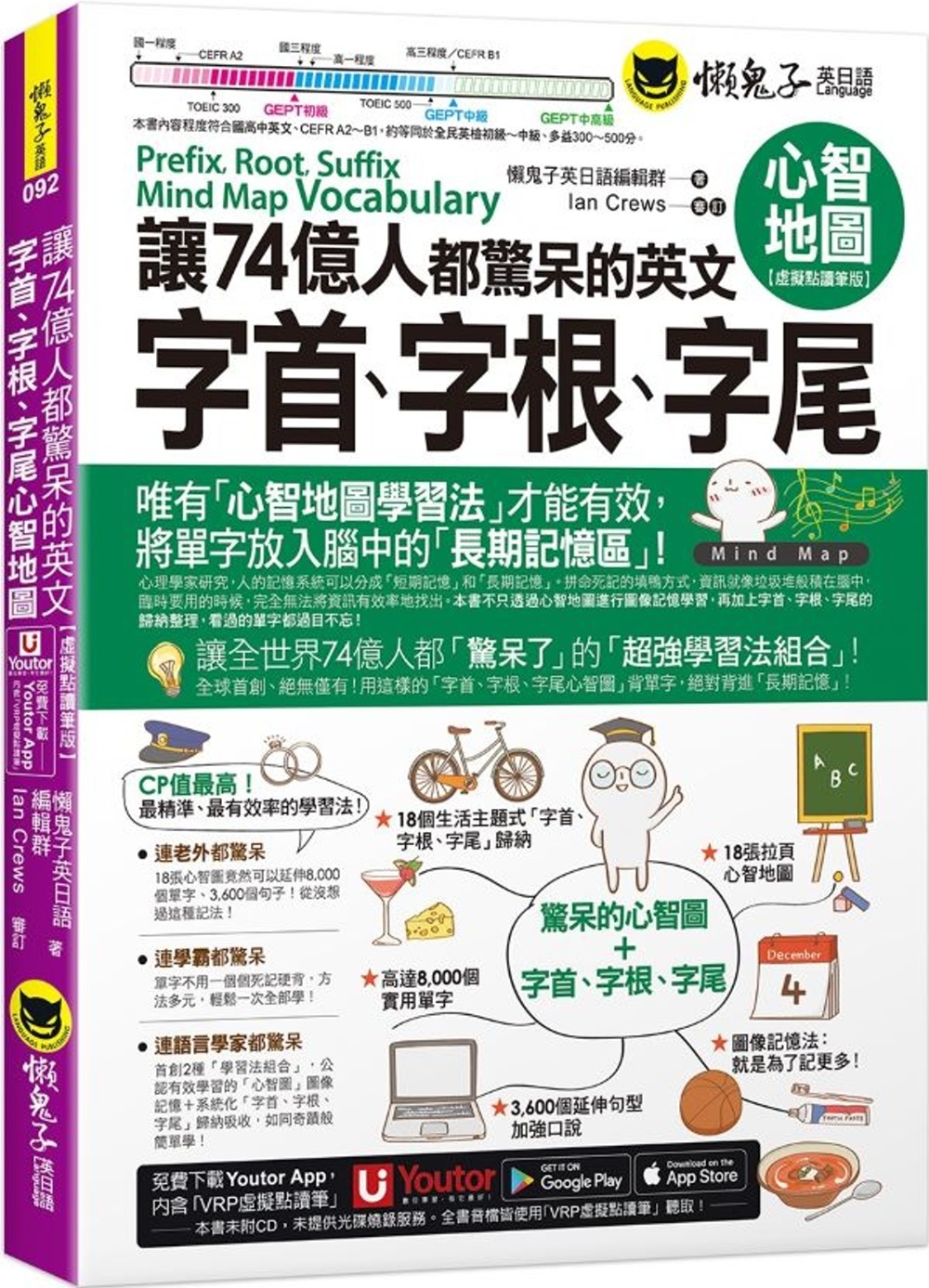NEW FEATURES:
Real-world questions and data—the effect of reductions in class size on test scores and the returns to education—create a continuous platform that motivates important theoretical ideas, and link student understanding to real-world empirical applications.
Contemporary theory and practice are reflected in the choice of topics, focusing on the procedures and tests commonly used in modern practice.
An opening review of statistics and probability emphasizes sampling variability, sampling distributions, and how sampling uncertainty is handled using the methods of statistical inference.
Treatment of Multiple Regression focuses not only on mechanics and tools, but also on how those tools are useful because they address omitted variable bias.
By allowing for heteroskedasticity from the outset, students have an easier time understanding the method and instructors are able to apply the theory earlier in the course.
Core regression material in Part II is presented in four, carefully developed chapters:
Chapter 4, Linear Regression with One Regressor, focuses solely on Ordinary Least Squares (OLS) estimation and assumptions.
Chapter 5, Regression with a Single Regressor: Hypothesis Tests and Confidence Intervals, focuses on inference using OLS, including an expanded discussion of heteroskedasticity and homoskedasticity, a discussion of the t-distribution, and an expanded discussion of motivation for using OLS.
Chapter 6, Linear Regression with Multiple Regressors, includes an












